Here’s everything you need to know about different types of mushrooms so that you can easily add a powerhouse of B vitamins, antioxidants and sensational earthy umami flavour to your salads.
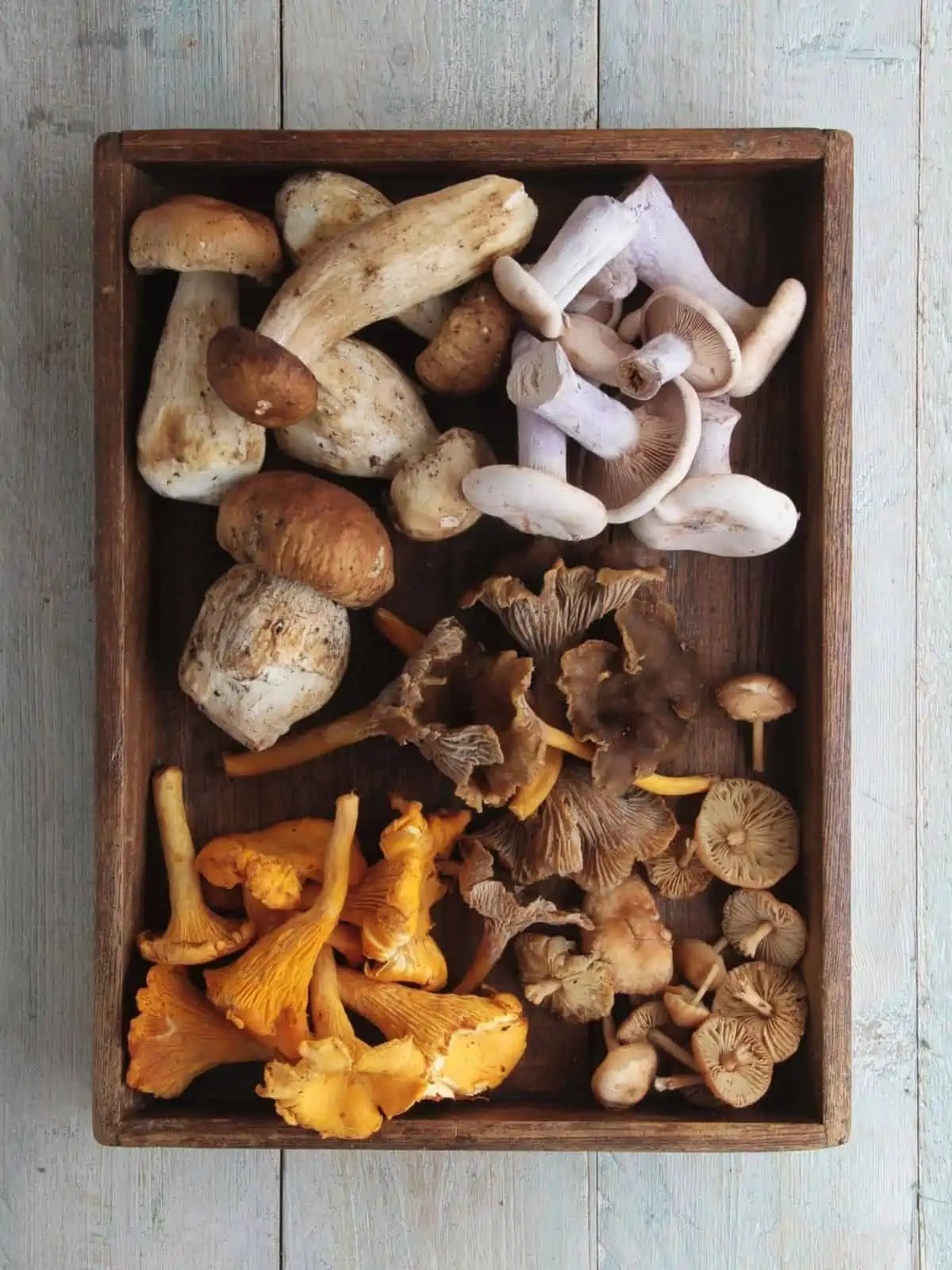
Mushrooms have been eaten for thousands of years with over 250 different varieties.
Most mushrooms produced are the white button type although there are small amounts of exotic types now grown.
Mushrooms are full of micronutrients and are considered a SuperFood.
When Are Mushrooms In Season?
- Autumn
- Winter
Nutritional Information
Raw Mushrooms are a “powerhouse of nutrition” they are low in carbohydrates and high in fibre. They are a good source of B-vitamins (riboflavin, pantothenic acid, niacin and folate) as well as magnesium, zinc and iron.
They are also high in antioxidants like selenium and glutathione, believed to protect cells from damage and to reduce chronic disease and inflammation.
Selection and Storage
- Look for mushrooms that are firm to the touch, have uniform colour and have a slightly shiny surface.
- Keep mushrooms in a brown paper bag on the bottom shelf of the fridge, the mushrooms will last at least a week.
Preparation
- Generally speaking, there is no need to peel mushrooms, apart from being time-consuming a lot of goodness and flavour is in the skin.
- Alternatively, you may gently submerge them in a bowl of water, agitate to get rid of the dirt, remove them and pat dry with a towel.
- Wipe mushrooms gently with a damp cloth. If necessary, simply use a soft brush to remove any dirt from the skin surface and trim the stem end.
Types of Mushrooms
White (Agaricus) Mushrooms
- Buttons – also known as champignons, they are the youngest and quite often smallest and are the first stage of growth. The cap of the button mushroom is always tightly closed around the stem. They have a firm, delicate texture and mild flavour that intensifies when cooked and are perfect for salads
- Cups –the next stage of growth. As the caps begin to open around the stems, the mushrooms change from being buttons to cups. The texture is firm but their flavour and colour is more intense than button mushrooms.
- Flats – The mushroom cap has opened out flat, exposing the rich, dark gills. Flats are a meal in themselves and make an ideal meat substitute. Flats have an intense, robust, almost ‘meaty’ flavour, with a dense, spongy texture slightly softer than cups and buttons.
- Swiss Brown –also known as cremini they are closely related to white mushrooms as they are similar in shape and size but have a tan to dark brown colour. A firmer texture than button mushrooms, with less moisture content, so they hold their shape well when cooked. Flavour is deeper and earthier than white mushrooms.
- Portabello –essentially a Swiss Brown left longer to grow so it opens out flat, exposing dark, fragrant gills. It has a dense, firm, meaty texture with a deep, rich flavour. Portabella make a tasty burger or toasted sandwich filling. Great stuffed, grilled, roasted or barbecued.
Buttons Cups Flats Portabello Swiss Brown
Specialty Mushrooms
- Woodear– also known as Black Fungus & Cloud Ear. They are available fresh but usually used dried. Grey-brown in colour and mainly used in Asian cooking. They have a firm, gelatinous texture with minimal flavour.
- White Jelly – also known as white or snow fungus. Mainly used in Chinese cuisine, with a white jelly-like flesh with a rubbery firm texture.
- Shimeji –a Japanese variety that grows naturally on fallen oak, beech and elm trees. The stems are almost white, with small brown-grey caps that become paler as the mushroom matures. Delicate, mildly sweet, nutty flavour.
- Shitake –first cultivated in China before being introduced to Japan where they were cultivated on the shii tree from which their name is derived. Broad, tan to dark brown umbrella-shaped cap with tan gills and slender stems. Soft spongy, texture with leathery stem and a distinctive aroma, they have a meaty flavour when cooked.
- Oyster – also known as Pleurotus, they have a fluted, oyster-shell shape. Numerous species/varieties ranging from pearly-white to yellow, pink, grey-brown and purplish-brown are available. Oyster mushrooms have a soft texture, with succulent flesh. Can be eaten raw or cooked. Delicate, subtle flavour and velvety texture which rapidly absorbs other flavours during cooking.
- Nameko – The name refers to a sticky substance on the cap of the mushroom which contributes to the unique flavour of this mushroom. Nameko grows in clumps of small mushrooms with a white stem and bright orange to a yellow cap.
- King Brown – also known as King Oyster, King Trumpet, or Royal Trumpet. Part of the oyster mushroom family, this is fairly a new species. It has a ‘regal’ stout form, with short gills and thick tender stem. Tender yet dense texture. Rich, robust flavour and remains firm and chewy when cooked.
- Enoki- is of Japanese origin it is beige to creamy white, with long, thread-like, edible stems topped with a tiny button cap. Firm, crisp texture. Mild, fruity flavour. Can be eaten raw or cooked.
- Chestnut Mushrooms – One of the oldest species in the world, first cultivated by the Ancient Greeks. Light brown cap that sits open on the end of a slender, long, creamy-coloured stalk. Firm texture and strong, nutty flavour.
- Blewitt –are traditionally grown in a leaf litter in cool-climate forests with just small quantities of commercially grown Blewitts being produced. Blue, purplish-blue streaked stem, topped with a smooth, light brown to a lilac cap. They release a pleasant aroma when the white flesh is cut. They have a dense, meaty texture and a robust, earthy flavour.
Woodear White Jelly Shitake Oyster Nameko Blewitt King Brown Enoki Chestnut Shimeji
Wild Mushrooms
- Pine Mushrooms – are commonly grown under pine trees during late summer to autumn, after warm sunny days and good rain. Often known as milky saffron, as they exude a milky orange sap when cut. Vibrant saffron-coloured cap, gills and stem. With a firm texture with a full, roasted nut flavour.
- Slippery Jacks – a wild variety gathered in forests and found only under pine trees late summer to autumn. Sticky, honey-like substance on the top gives the dark brown cap its ‘slippery’ appearance, with a honeycomb-looking underside. Moist Spongy texture and mild flavour.
Pine Slippery Jack
Dried Mushrooms
You can reconstitute dried mushrooms by soaking them for 15-30 minutes in warm water. Drain well and pat dry with a paper towel, the leftover stock is great to use in stocks, soups or sauces as it is full of umami, mushroomy flavour.
- Black fungus & white fungus – also referred to as Cloud and Wood. Primarily used to add a special texture to Asian dishes.
- Cepe –this is an entire family of wild mushrooms, gathered in the forests of Europe during the northern autumn, then dried and imported into other countries.
- Chanterelles-popular edible wild mushrooms from Europe and North America.
- Morels-European wild mushrooms with hollow, honeycomb-like caps and spongy texture and earthy flavour.
- Shiitake – ideal for Asian dishes and are intensely flavoured.
- Porcini – one of the most popular of the Cep mushrooms. They have a rich, meaty flavour.
Black Fungus Cepe Morels Porcini Shitake
Truffles
- White and Black Truffles –are an edible fungus which is not technically a mushroom. They grow at the roots of specially inoculated oak trees, 5cm–30cm below the ground. Most truffles are imported from the forests of Europe. Highly perishable; use fresh truffles within 1–2 days of purchase
Mushroom Salad Recipes to Try!
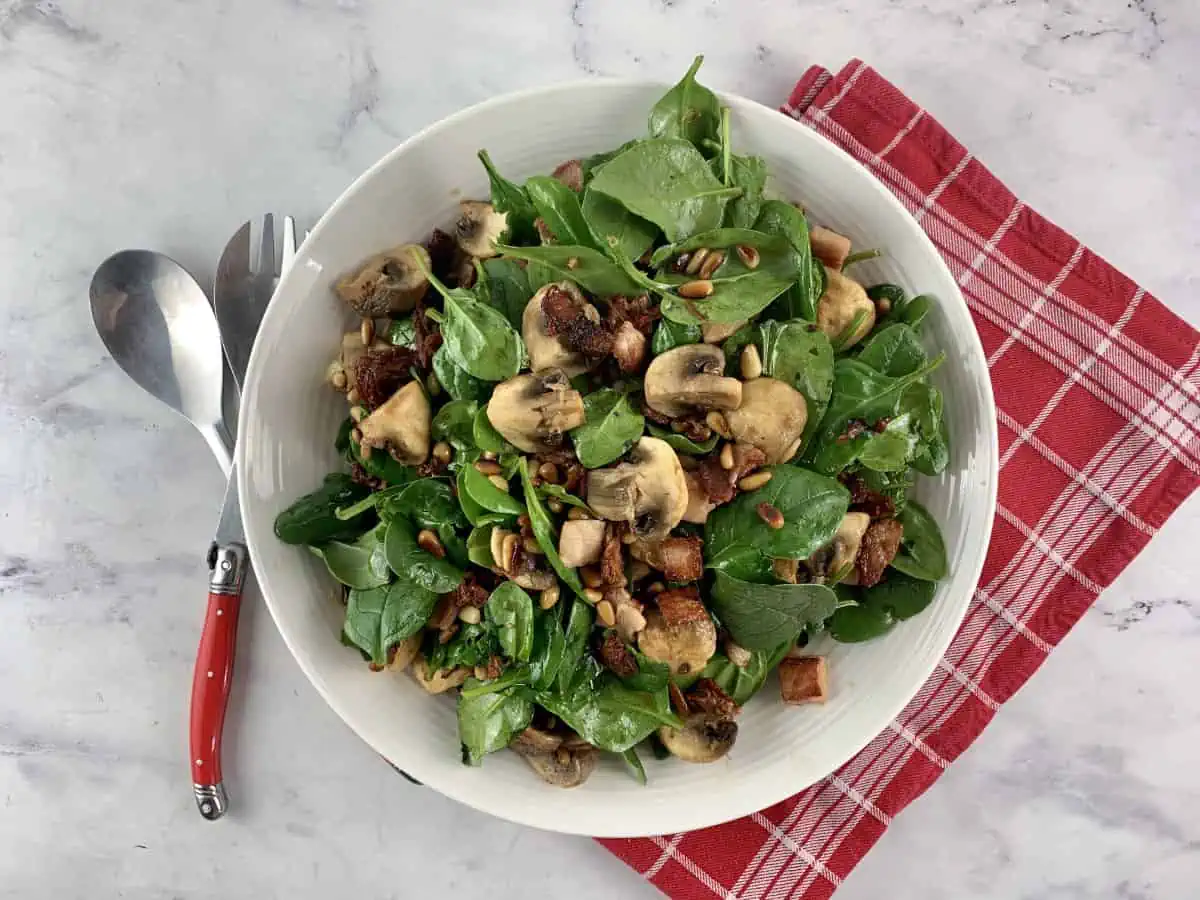
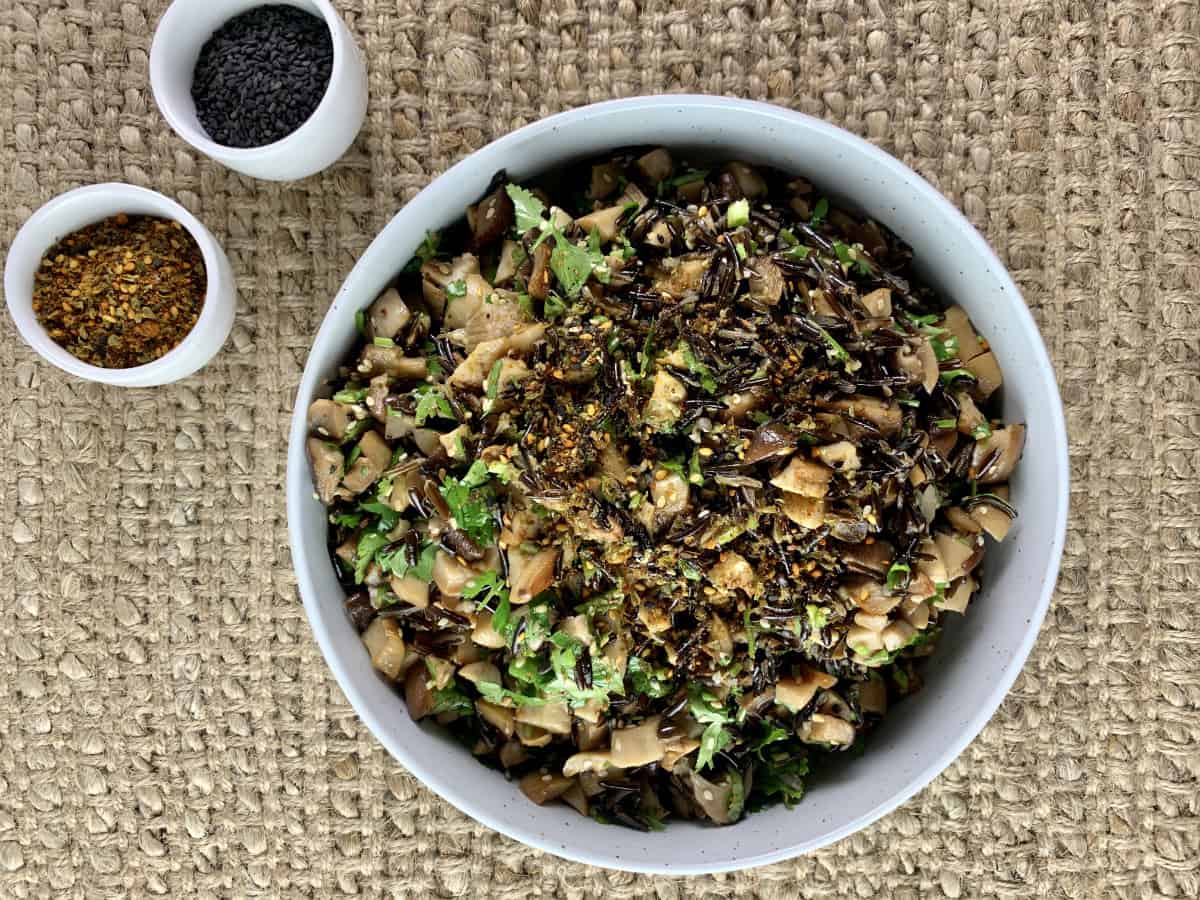
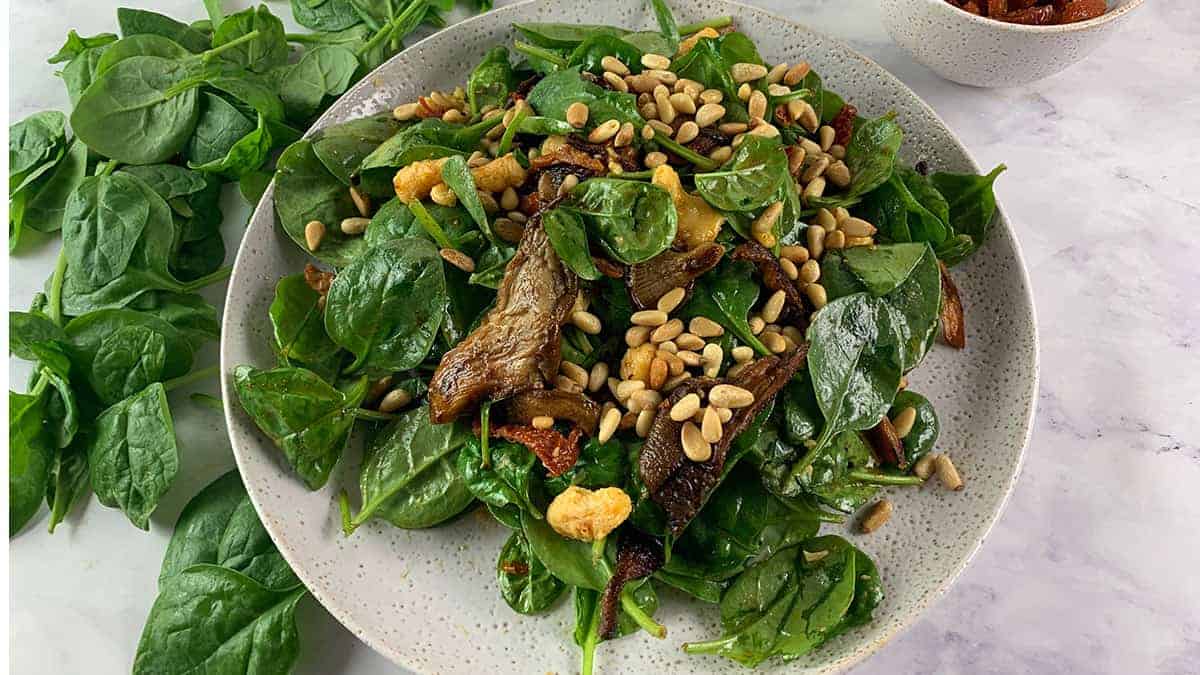
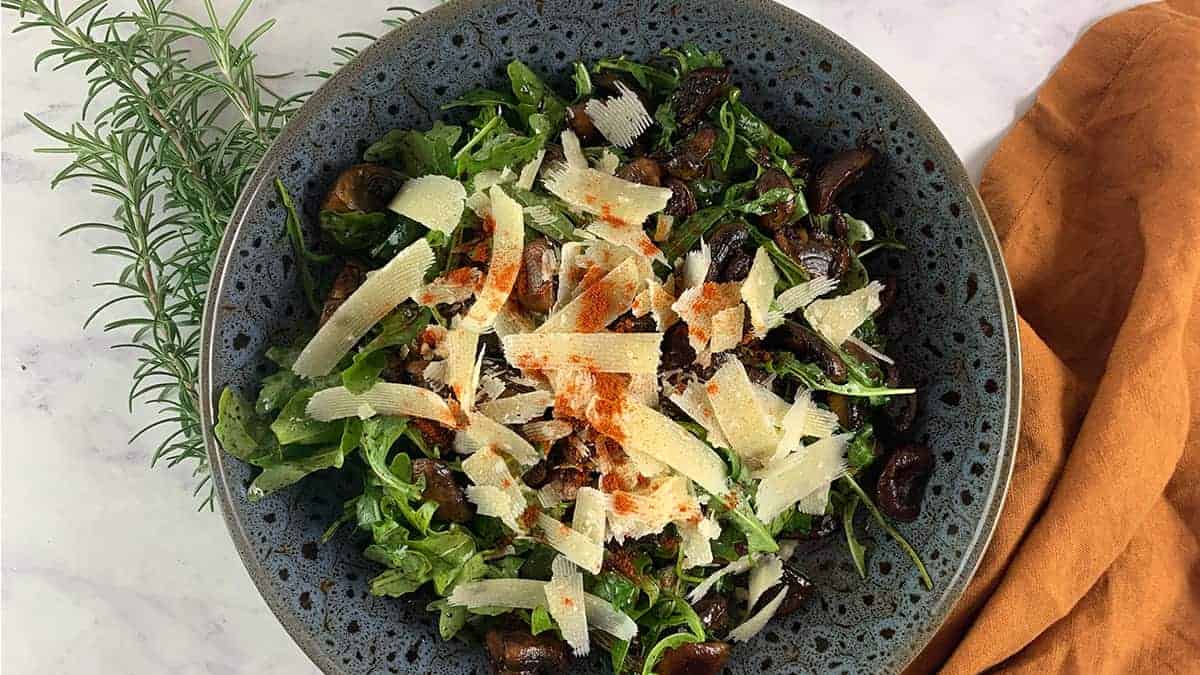
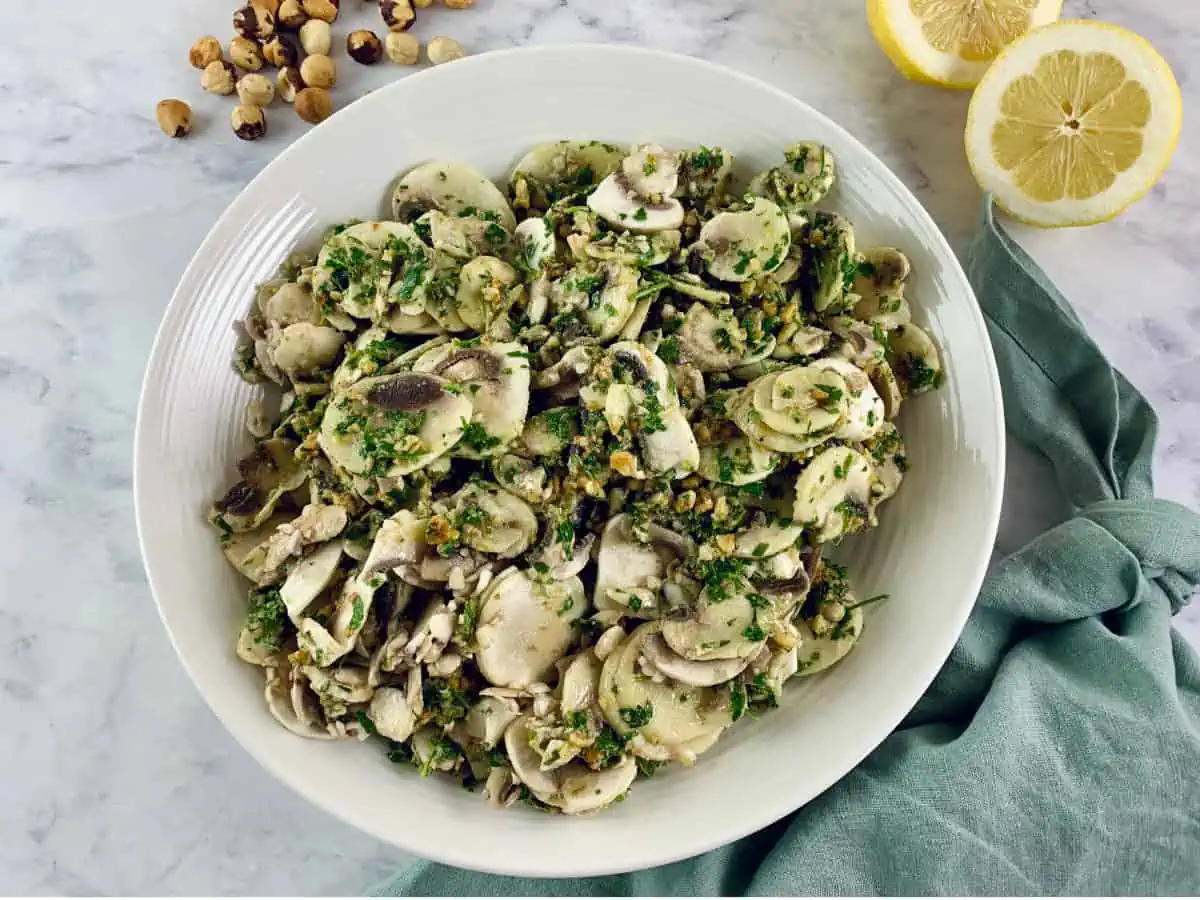

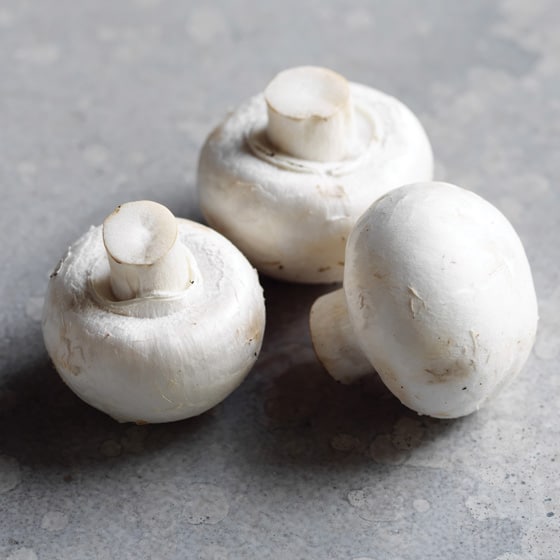
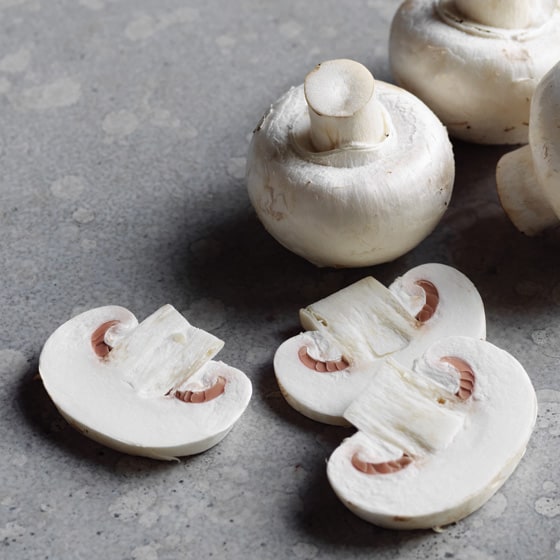
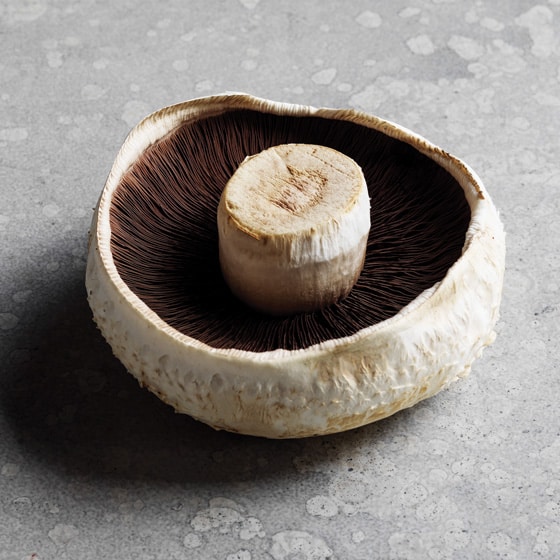
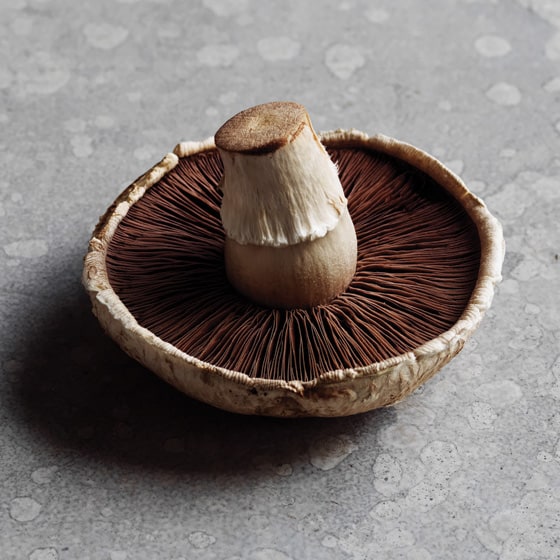
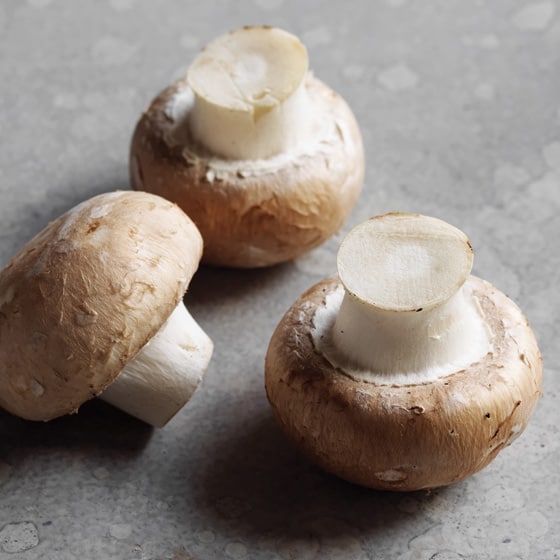
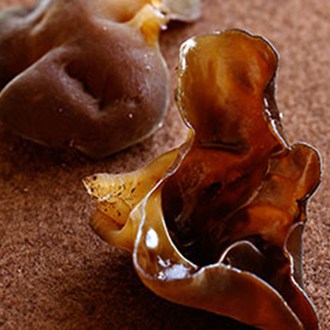
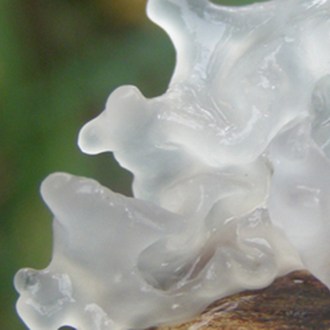
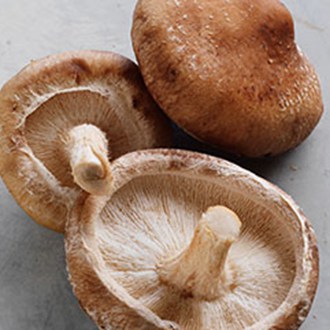
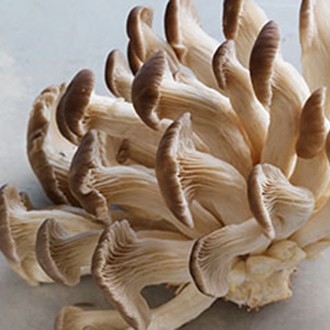
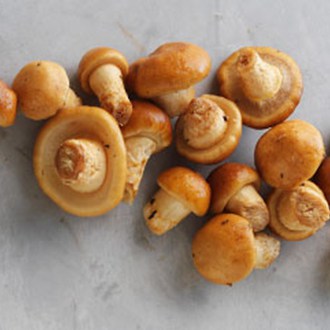
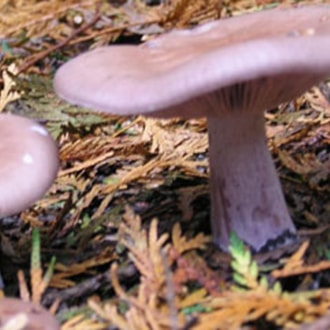
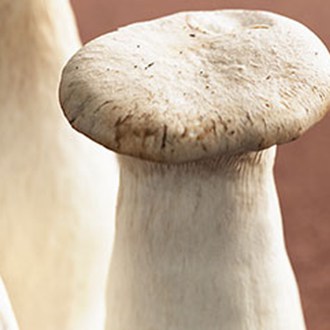
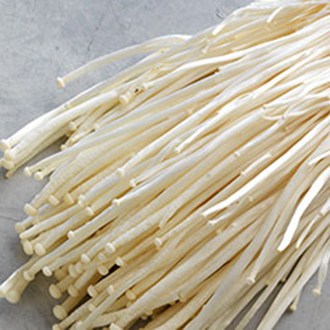
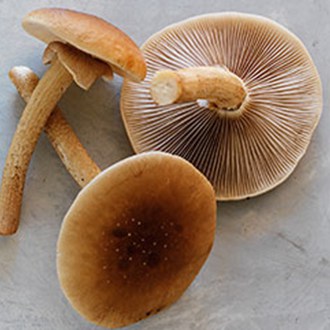
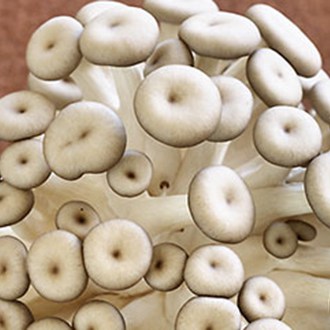
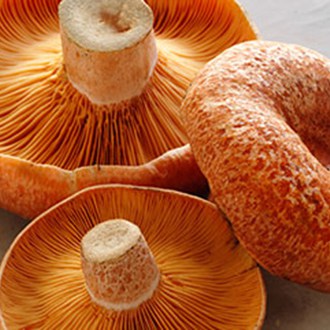
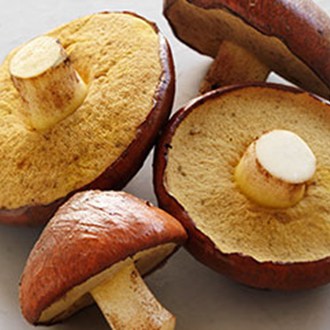
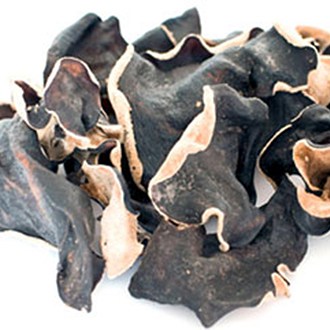
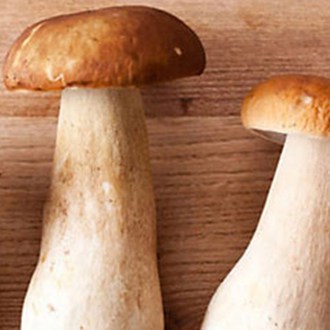
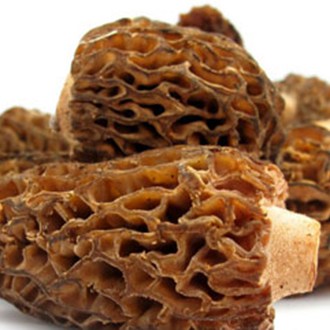
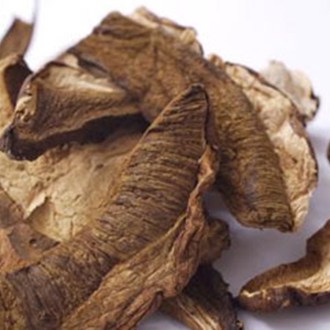
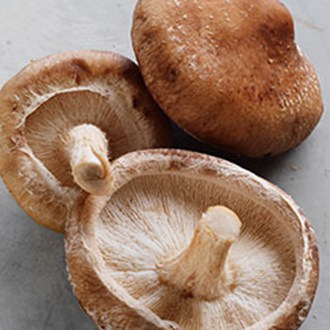
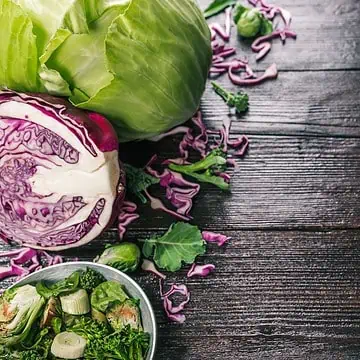
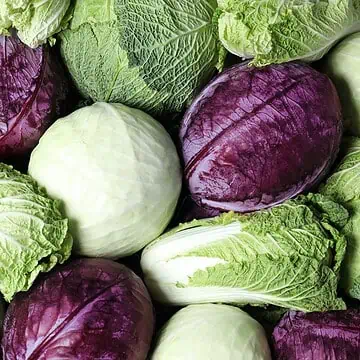
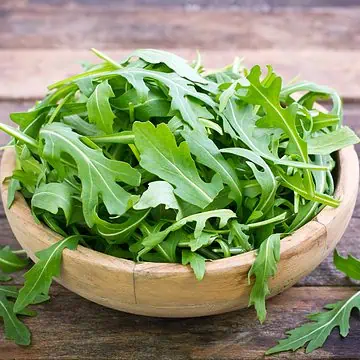
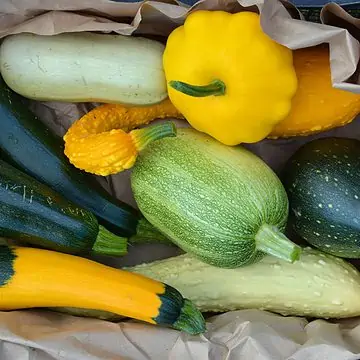
Leave a Reply